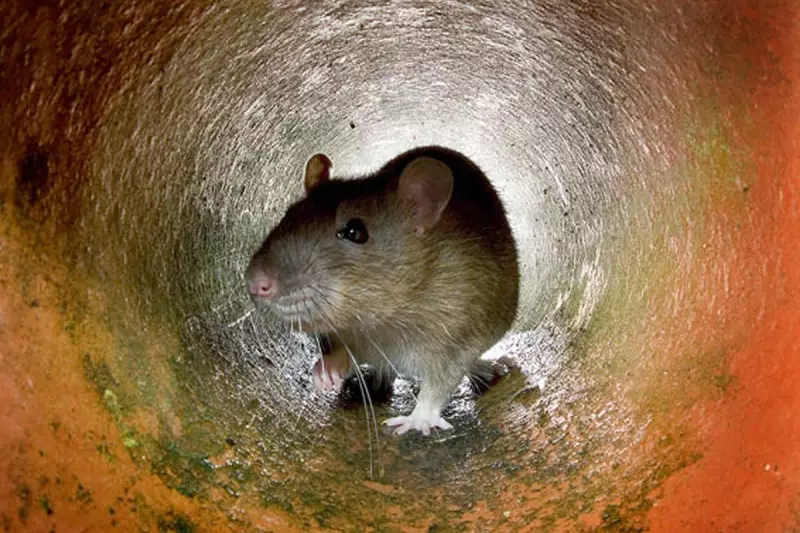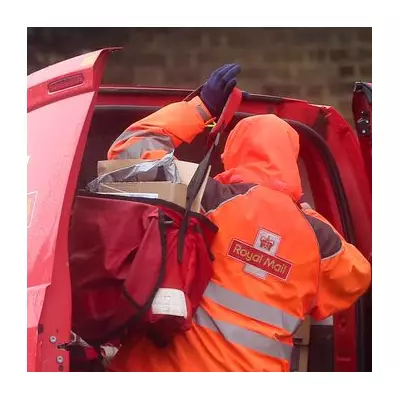
British drivers are facing an unexpected and costly threat hiding under their bonnets - rats chewing through vital car components and leaving owners with repair bills running into thousands of pounds.
New data from insurance giant Aviva has revealed a startling trend of rodent-related damage claims, with incidents peaking during the colder months when the pests seek warmth and shelter in vehicles.
The Scale of the Problem
According to Aviva's claims data, rat damage to vehicles has become a significant issue affecting drivers nationwide. The insurance provider reported handling numerous cases where rodents had gnawed through essential wiring and components, with repair costs frequently exceeding £1,500 per incident.
One particularly severe case saw a customer facing a staggering £4,500 repair bill after rats comprehensively destroyed the wiring system of their parked vehicle.
Why Are Rats Targeting Cars?
Modern vehicles have become unintentional targets for rodent activity due to several factors:
- Warmth-seeking behaviour: During autumn and winter, rats are drawn to the residual heat from recently used engines
- Soy-based wiring: Many car manufacturers now use eco-friendly, soy-based coatings on electrical wiring that rodents find particularly appealing
- Urban adaptation: Rats have increasingly adapted to urban environments, bringing them into closer contact with parked vehicles
Prevention Tips for Drivers
Aviva's motor claims manager, Jonathan Fong, offered practical advice for drivers concerned about rodent damage:
- Avoid parking near bins or overgrown areas where rats are likely to nest
- Consider using rodent repellents specifically designed for vehicles
- Inspect your vehicle regularly for signs of chewing or nesting materials
- Keep your engine bay clean and free of food debris that might attract pests
The insurance expert emphasised that while comprehensive cover typically includes rodent damage, prevention remains the most effective strategy for avoiding costly repairs and potential insurance premium increases.
As rat populations continue to thrive in urban environments, this unusual but expensive problem shows no signs of disappearing from Britain's roads anytime soon.




